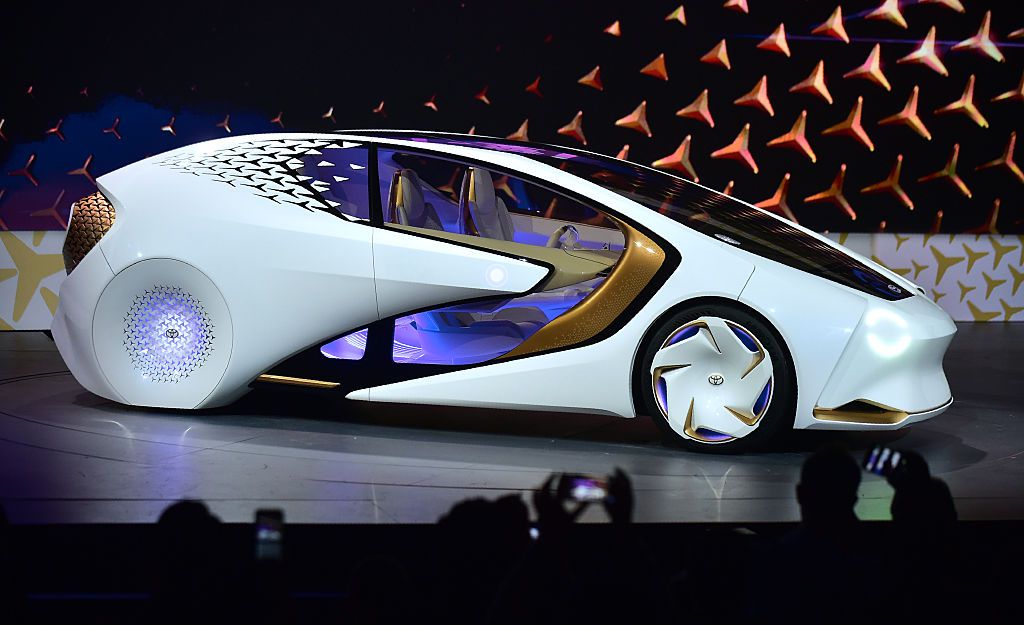
Concept Cars and Home Design Inspiration
One of the best parts of the big auto shows every year are the “concept cars” that manufacturers like to show off.
Concept cars are usually ‘”futuristic-looking” (whatever that means!) and aren’t planned to go into production. Concept cars are a playground for designers and manufacturers, where they can indulge their imaginations and try out new ideas without the risk of putting another Edsel on the streets.
But while concept cars rarely end up for sale at your local dealership, you’ll still see many of the ideas from these cars eventually creep into the production models.
All-electric cars? Obviously. Carbon fiber body? Sure. Steering wheel in the middle seat? Not yet.
And that’s why concept cars are important – trying out new ideas, finding out what works, what looks good, what’s useful and what’s not, and getting feedback from the public.
So wouldn’t it make sense to design “concept houses”, not intended to be for sale to the public, used as a proving ground for new ideas, new technologies, new aesthetics, and home design inspiration. Is there such a thing?
Patrons of Architecture
“Concept” houses as proving grounds for new ideas have been around for a long time, but you probably haven’t seen them if you don’t read the Architectural press. This isn’t the stuff you see in the Sunday papers.
Typically, a house that innovates with radically new technologies, and especially with radically new design ideas, requires a patron, often a very wealthy one. That’s because innovation is expensive to build when there’s no intention to mass-produce the design, and no big manufacturer to fund it.
Sometimes these Architectural experiments are successful in bringing useful new ideas to the housing industry, and sometimes they’re not. But we depend on patrons of Architecture to explore the boundaries and challenge our thinking. Without them, design doesn’t move ahead.
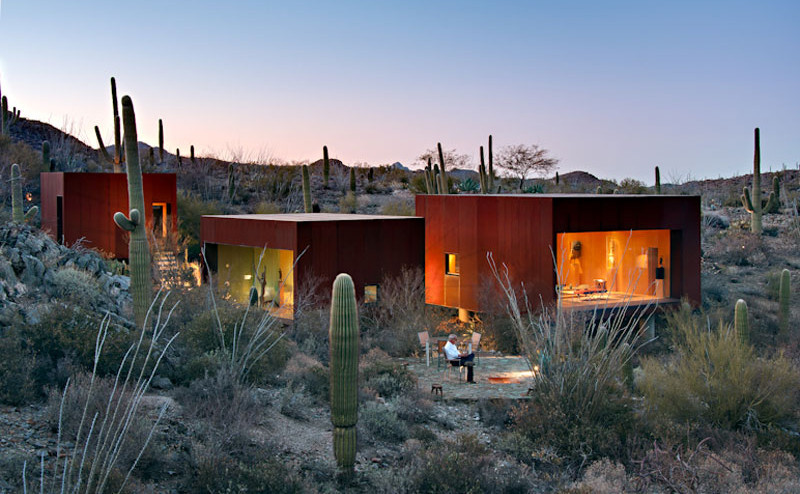
So if you’re wondering what kinds of things might start showing up in homes of the future, check out magazines like Architecture, Residential Architect, and Architectural Record to see what new Architectural concepts wealthy clients are trying out.
Houses by Famous Architects
Some of my time in college design studio was spent studying the work of famous Architects and adapting their ideas to new home designs. At first, I didn’t fully understand why. After all, the chances I’d be asked to design a Palladian Villa or Fallingwater were pretty slim.
But later, the purpose became more clear – “one-off” houses like those were the innovators of their time, filled with ideas that could be adapted to the homes I’d someday work on.
The most obvious example of this kind of home design inspiration is the work of Frank Lloyd Wright. The “Prairie” style that he popularized in the first half of the 20th century was originally only available to the wealthy. But as his work was widely published in House Beautiful and Town & Country magazines, many of the characteristics of Prairie Style began creeping into mainstream houses.
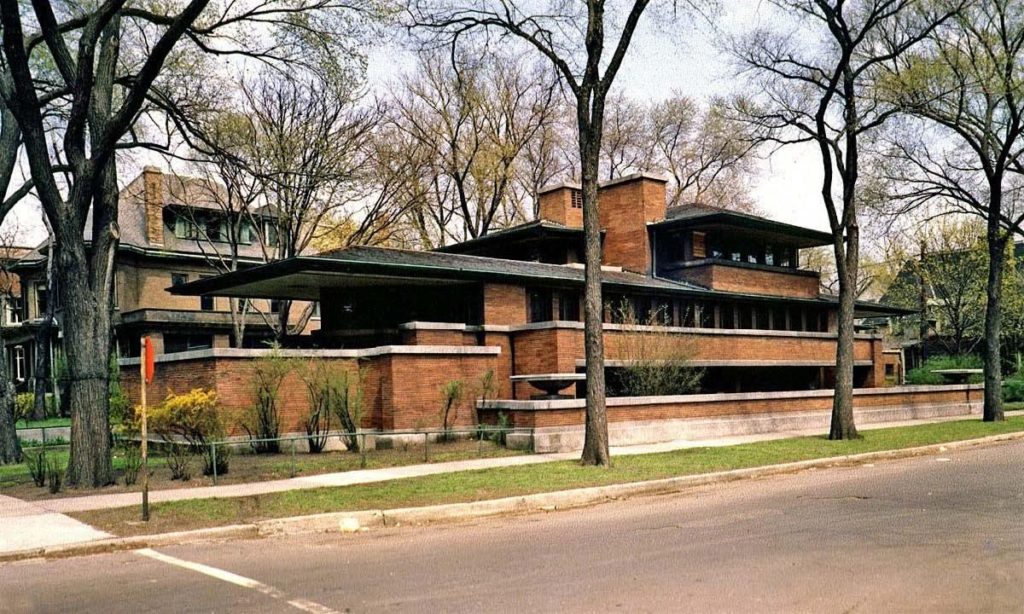
It’s one of the reasons that Residential Architects like me keep big libraries of the work of others. Not to copy ideas, but to find bits and pieces of inspiration that can make our own design work better.
What books do Architects keep in their libraries? Here are a few of my favorite Architecture and home design books.
It may seem contradictory to look to the past to find “new ideas” for the future, but even “old” concept houses still have some innovation to share – if you know where to look.
Solar Decathlon
One of ways new home concepts are explored is through the Solar Decathlon, a biennial collegiate competition sponsored by the U.S. Department of Energy and National Renewable Energy Laboratories.
As the name suggests, the Solar Decathlon “…challenges student teams to design and build highly efficient and innovative buildings powered by renewable energy.“
But that’s not all – energy-efficient homes are fine, but the DOE requires that the entries meet other requirements, too. The winners are the teams that “… best blend architectural and engineering excellence with innovation, market potential, building efficiency, and smart energy production.”
Which makes it far more likely that ideas from Solar Decathlon houses will make it into production homes.
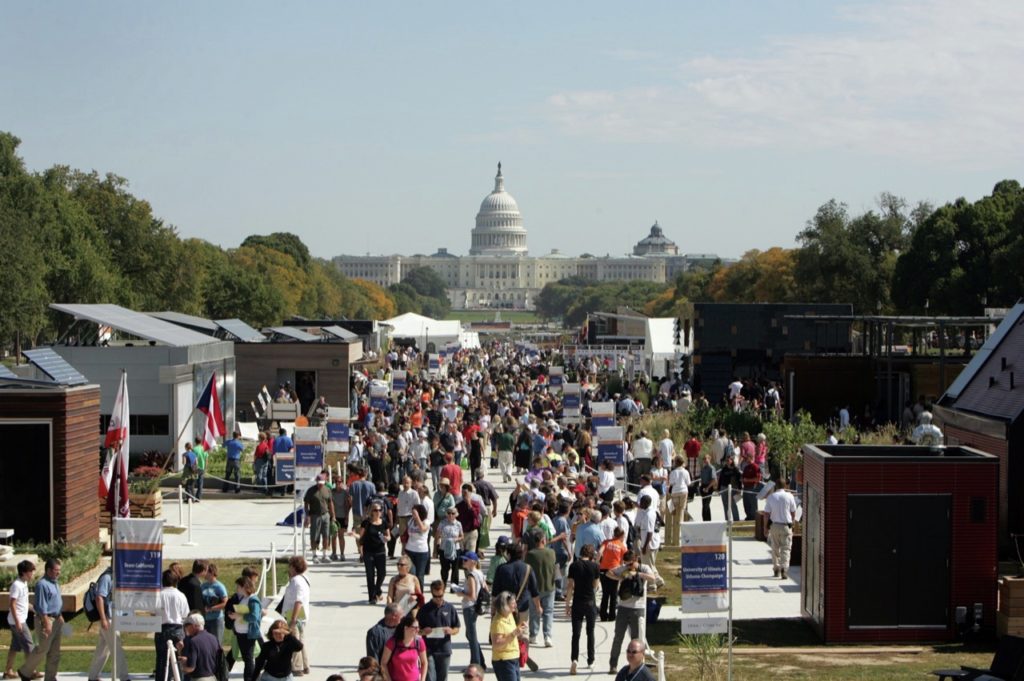
If you’d like to see the winning designs in person, you’ll need to travel to the current site of the International Builder’s Show where the actual houses are on display throughout the show (the Solar Decathlon home were hosted on the National Mall until 2011).
Learning from the Future
I’m a fan of “period” architecture when it’s done well. But traditional, well-known architectural styles aren’t where you’ll find a lot of innovative design. Typically, innovation in traditional homes is technological. So I don’t look for radical new design ideas at our local builder’s show.
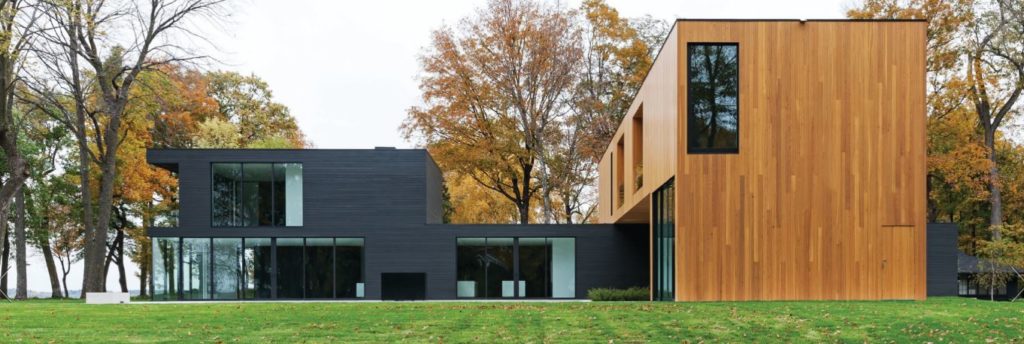
What I’m looking for is the more modern, the unusual, the everything-but-traditional kind of house. That’s where I’m likely to find entirely new design concepts on display, and where I might find home design inspiration in something I’ve never seen before.
Next up – What Comes First in the Home Design Process?


